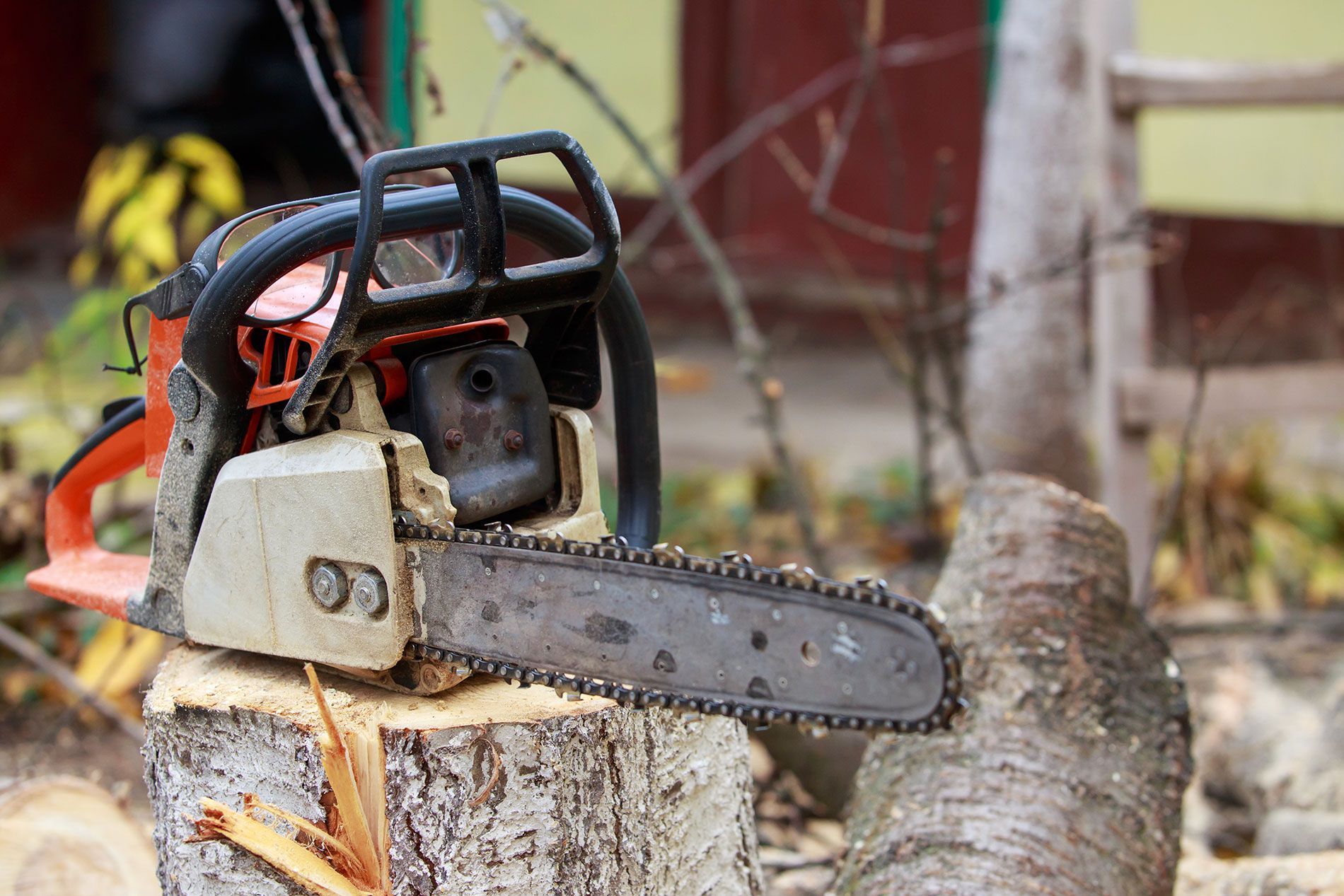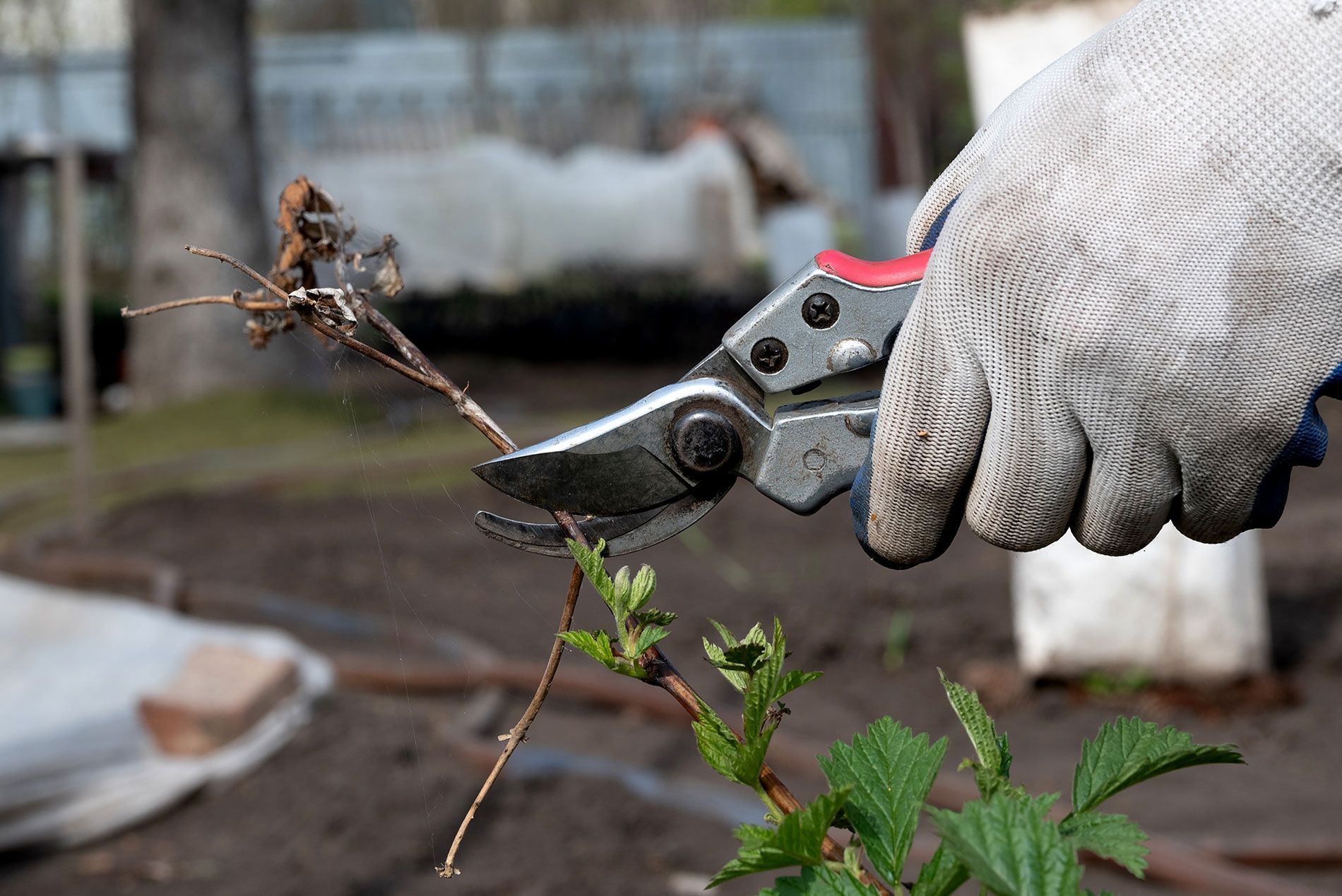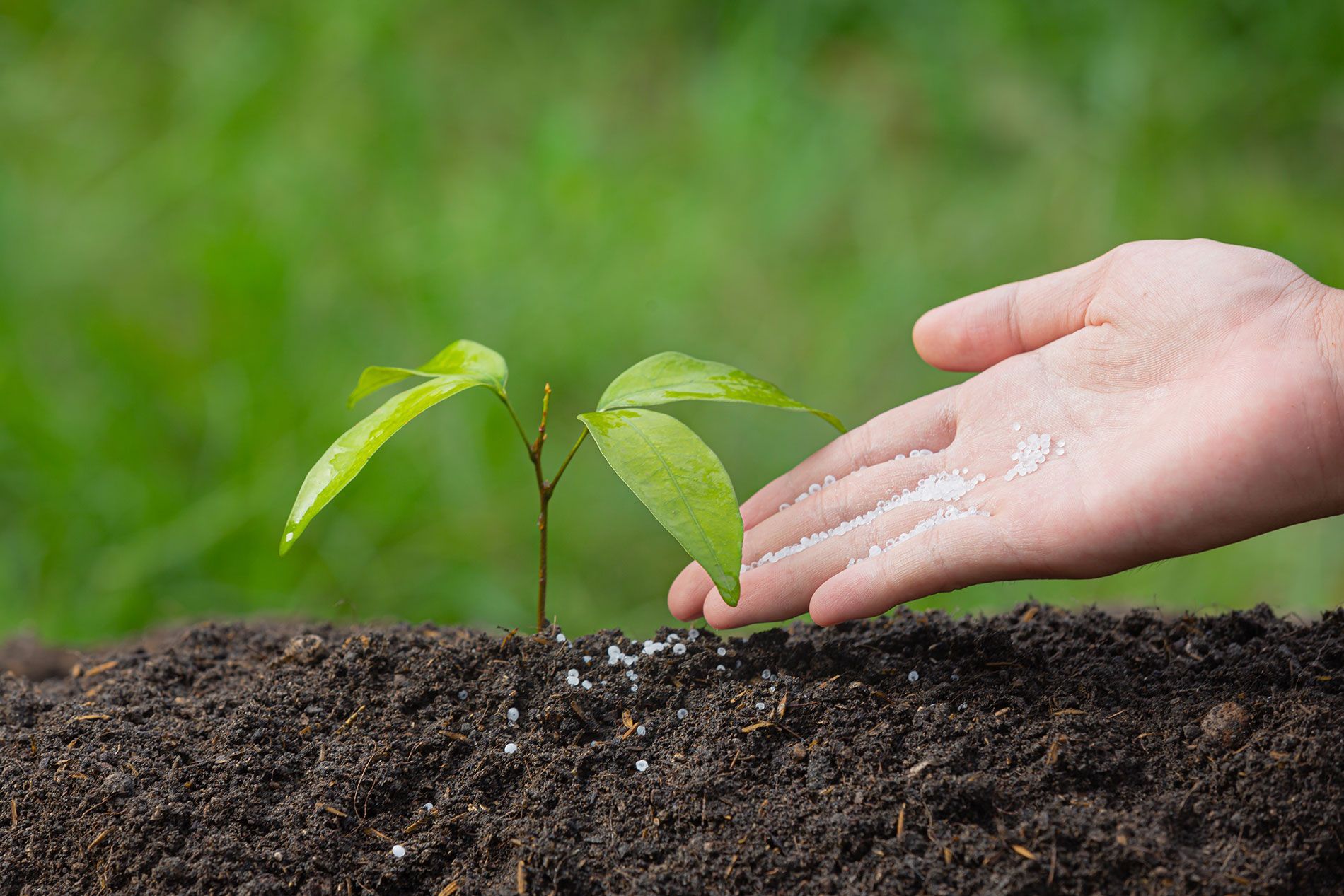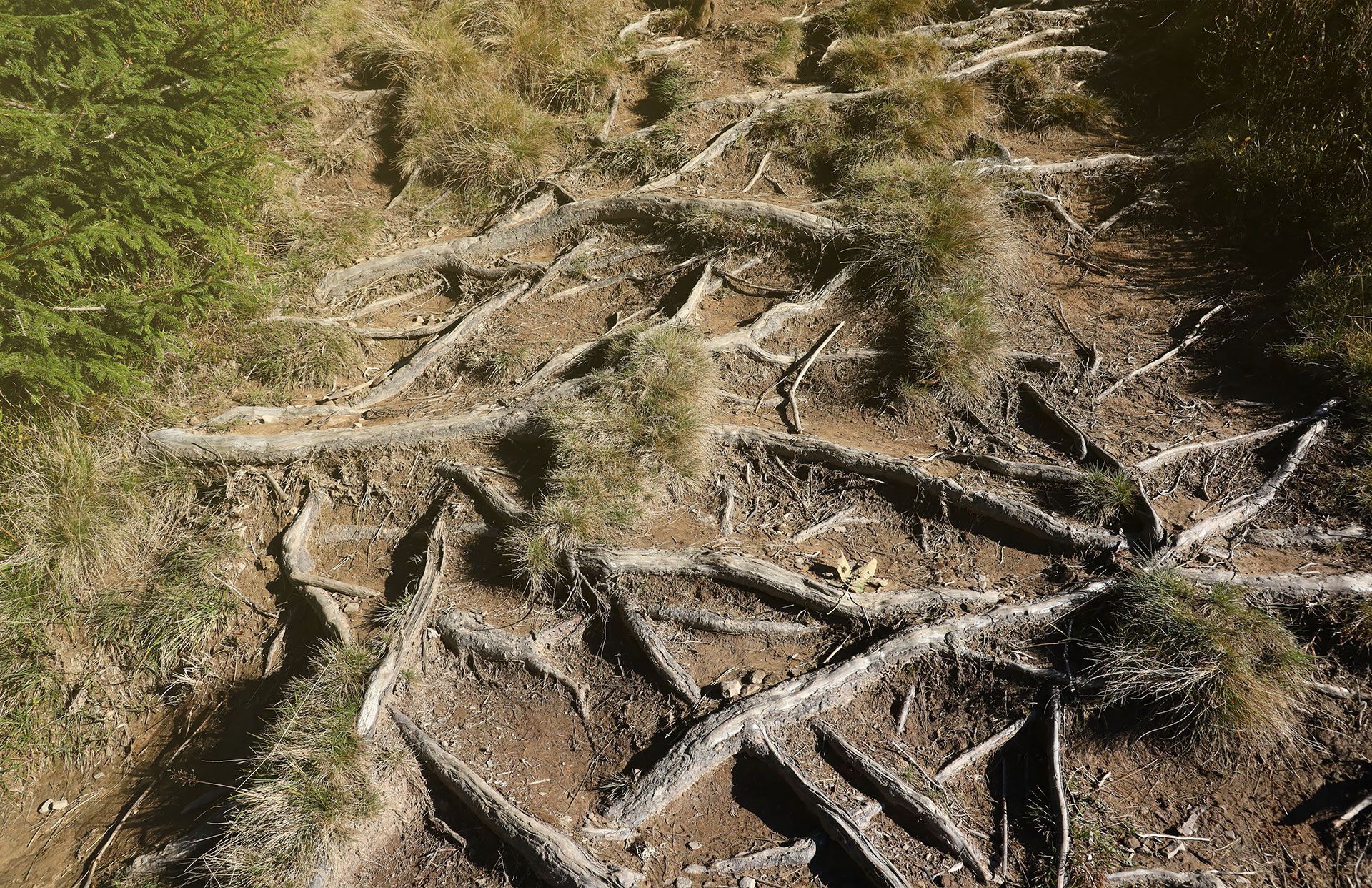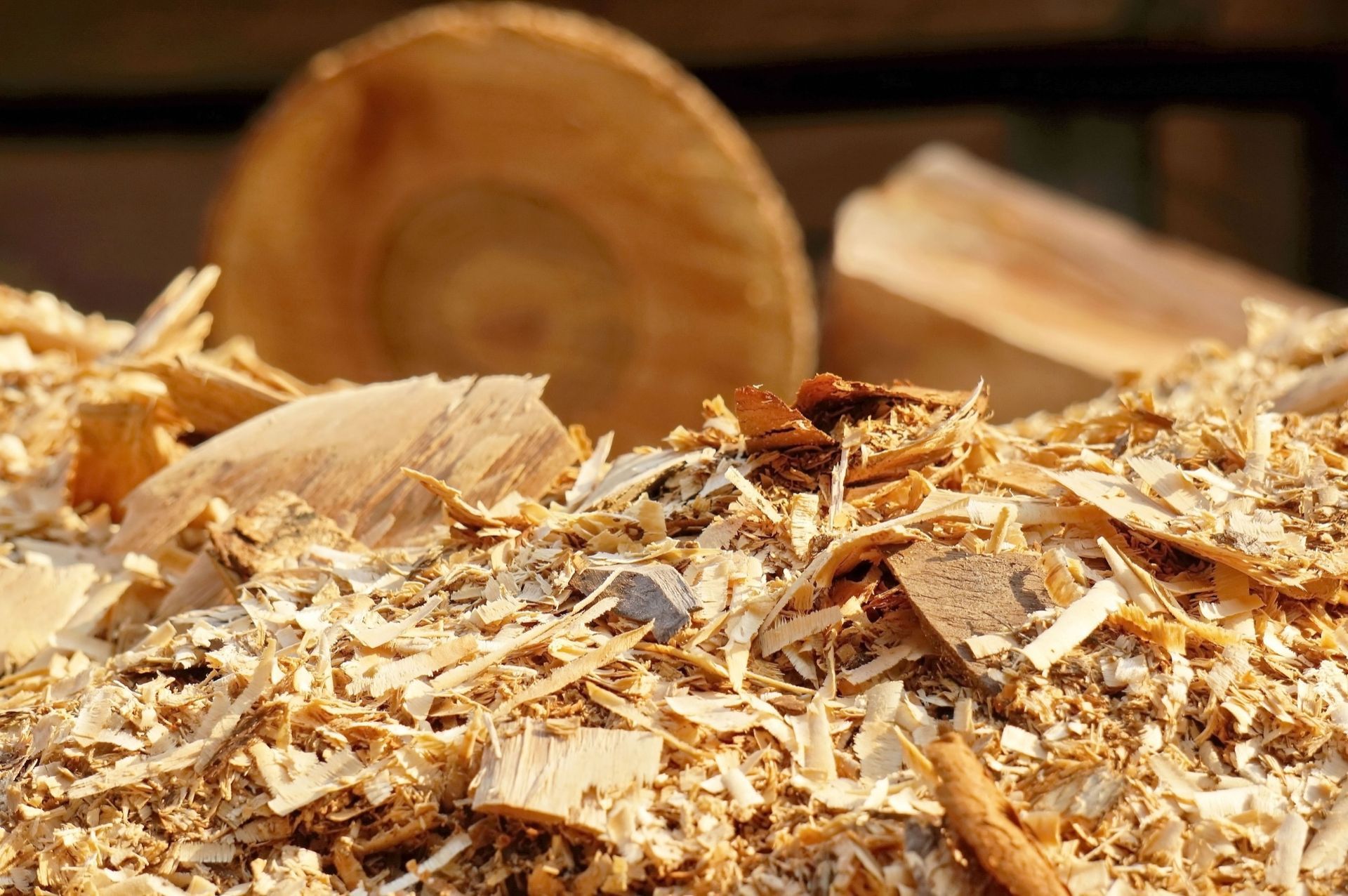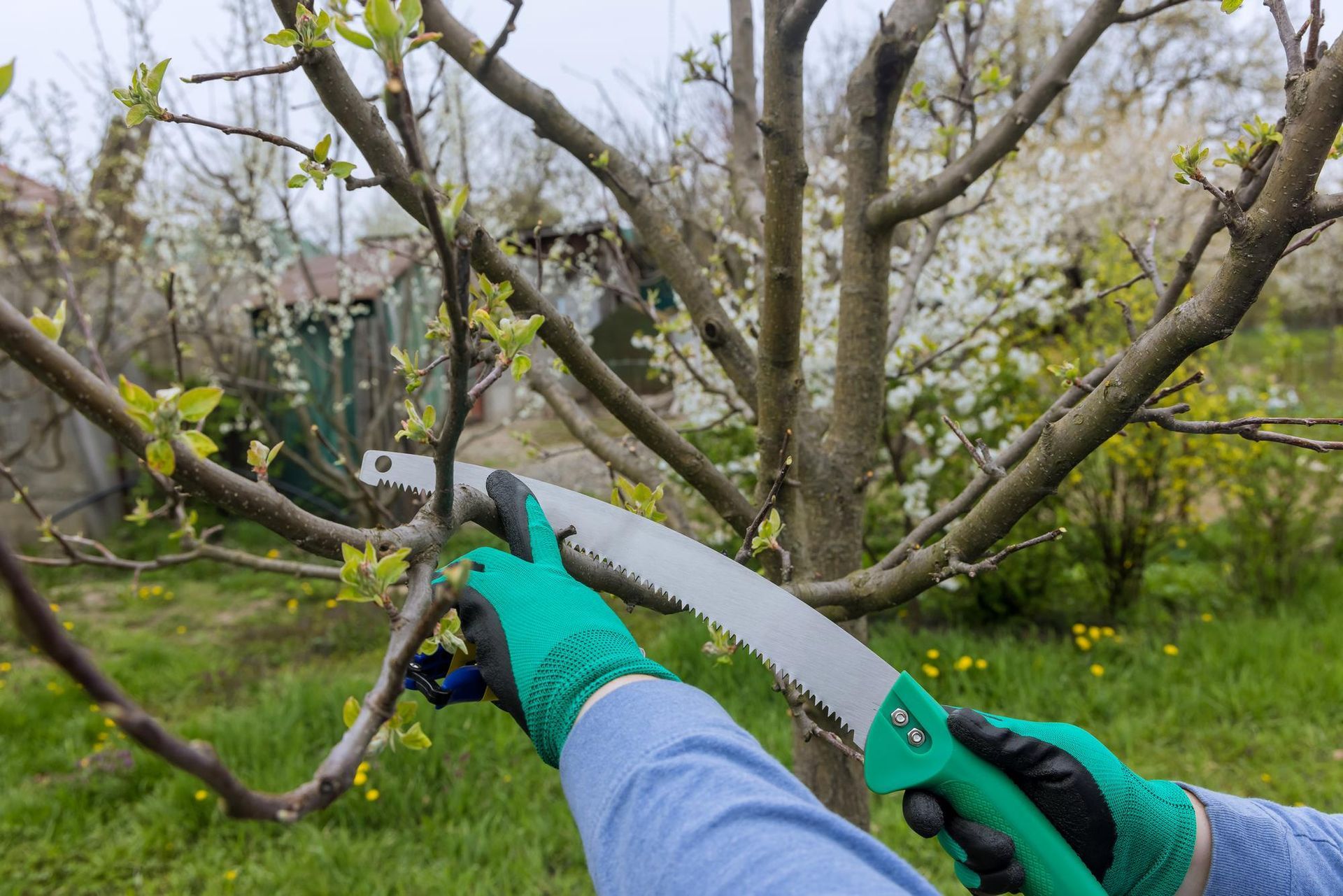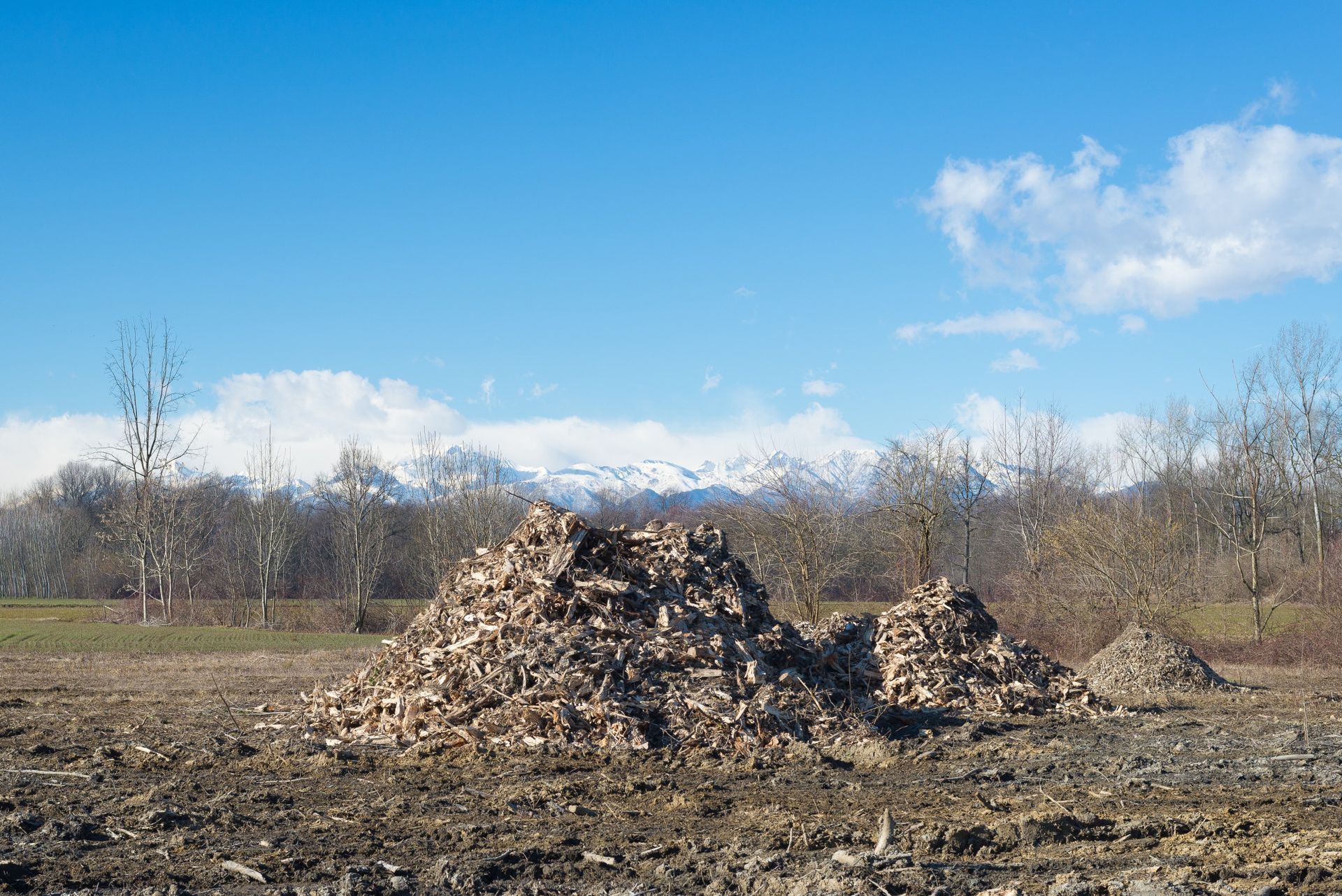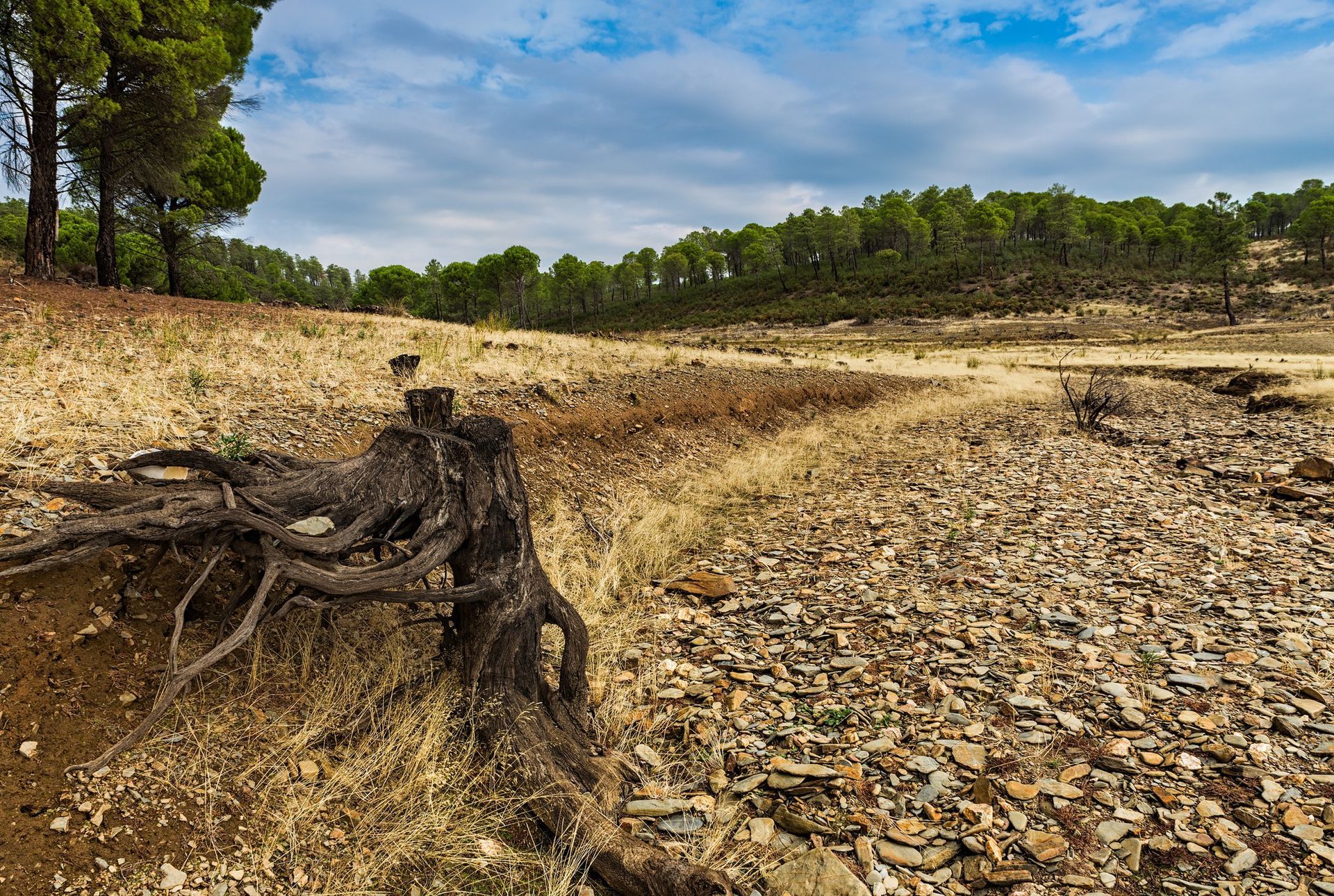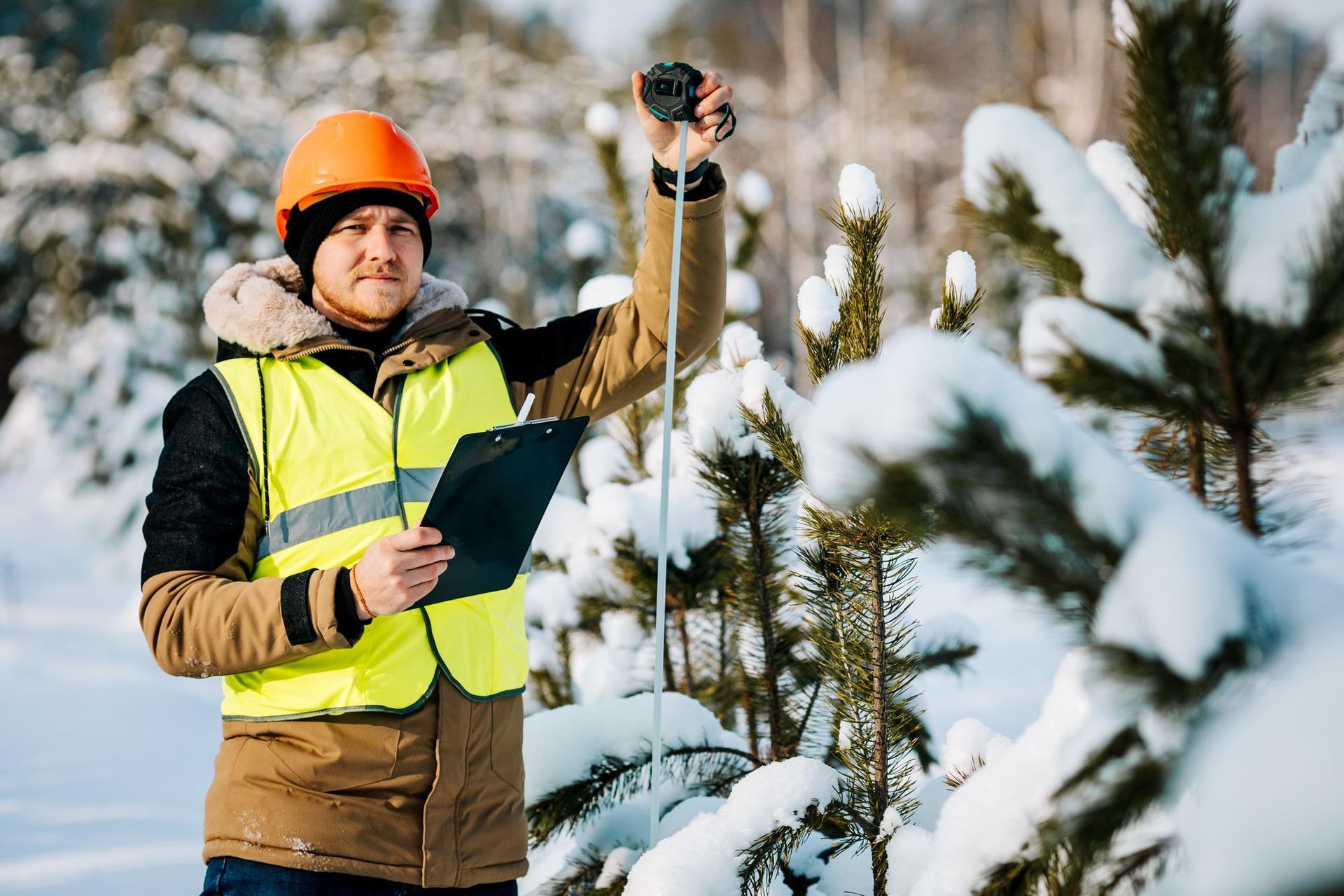Tree Thinning Services: A Necessity for Healthy Growth
In the realm of arboreal care, one phrase you may come across quite frequently is "tree thinning." For the uninitiated, the term might seem a bit ambiguous, possibly evoking visions of sparse, leafless trees. However, tree thinning is actually an essential process that contributes significantly to the overall health and longevity of your trees. Let's delve deeper into this practice to understand why tree thinning services are not just advantageous but necessary for healthy growth.
Understanding Tree Thinning
Tree thinning, often referred to as 'crown thinning', is an essential aspect of professional tree care that targets the tree's canopy. It's a meticulous process that involves removing select branches to improve the tree's structure and promote healthy growth.
Tree thinning does not imply reducing the overall size of the tree; rather, it's an exercise in careful selection and removal of branches to maintain the tree's natural form while optimizing its health and development.
Here are the main objectives behind tree thinning:
- Improve Light Penetration: Thinning the tree's canopy allows more sunlight to reach the inner leaves and lower vegetation. This is crucial for photosynthesis, a process by which plants convert sunlight into energy. Trees with a dense canopy often have their inner leaves in shadow, which can stunt their growth and development.
- Promote Air Circulation: A dense canopy can inhibit air circulation, creating a moist, still environment that's ideal for the growth of fungi and other tree diseases. By removing select branches, tree thinning improves airflow through the tree, helping to prevent such issues.
- Redistribute Resources: By removing weak or non-essential branches, tree thinning allows the tree to focus its resources on healthy growth. This can help in the production of larger, more robust fruits in fruit-bearing trees, and vibrant, lush leaves in non-fruiting varieties.
- Maintain Structural Integrity: Tree thinning can help maintain a tree's natural form and structure, leading to a stronger, more resilient tree. Thinning removes weak, overlapping or inward-growing branches, which can compete with each other and lead to structural weaknesses.
Tree thinning should always be done by a professional arborist who understands the biological processes of trees and can make educated decisions about which branches to remove. It is a strategic process requiring precise cuts and an understanding of how the tree will respond to the pruning. It is not just about
removing branches but also about nurturing a healthier, stronger, and safer tree.
Why is Tree Thinning Necessary?
The necessity of tree thinning primarily revolves around three key aspects: tree health, safety, and aesthetics.
- Health: Overcrowded branches can prevent sunlight from reaching the interior leaves, hindering the process of photosynthesis. Additionally, closely packed limbs can create a humid environment that is conducive to fungal growth. By thinning the tree, we ensure better air circulation and light penetration, reducing the risk of diseases and promoting healthier growth.
- Safety: Densely packed trees are more susceptible to storm damage. The wind resistance offered by a thick canopy can lead to limb breakages, posing potential threats to nearby buildings, vehicles, or passersby. Thinning reduces this wind resistance, making the tree safer during stormy weather.
- Aesthetics: Thinned trees have a more balanced and pleasing appearance, increasing the visual appeal of your landscape.
The Process of Tree Thinning
Tree thinning is a delicate procedure that should be handled by skilled professionals to prevent unnecessary damage and ensure optimal outcomes. The process of tree thinning can be broken down into several steps:
- Tree Assessment: Before any actual thinning takes place, a comprehensive assessment of the tree is necessary. This includes understanding its species, current health condition, growth pattern, age, and the tree's specific role in the landscape. Every tree is unique, and understanding these details helps arborists formulate a tailored thinning plan.
- Determine Thinning Intensity: The next step is to decide on the level of thinning required. This will depend on factors such as the tree's health, its natural density, the desired sunlight penetration, and the tree's location in relation to buildings or other structures. Generally, thinning should not remove more than 25% of the crown to prevent undue stress on the tree.
- Removal of Dead or Diseased Branches: The first branches to be removed are usually dead, diseased, or damaged ones. This not only helps maintain the health of the tree but also improves safety, as these branches are often unstable and can fall unexpectedly.
- Addressing Structural Problems: Next, the arborist looks for branches causing structural issues. These could be limbs growing at awkward angles, branches rubbing against each other, or inward-growing branches. These are pruned to prevent long-term damage and enhance the tree's natural shape.
- Selective Thinning: Once problematic branches are removed, the arborist can begin the actual thinning process. This involves carefully removing branches to improve light penetration and airflow, while ensuring the tree's overall balance and aesthetics are maintained. The cuts are made at the node, the point where the branch connects to another, to facilitate healthy regrowth.
- Post-Thinning Cleanup: After the thinning is completed, the cut branches need to be properly disposed of. Some tree service companies may offer to convert them into mulch, which can then be used in your garden.
Follow-up Care: Once the tree has been thinned, it's crucial to provide appropriate follow-up care. This can include watering, pest control, and monitoring the tree's response to thinning.
The Role of Tree Thinning Services
Tree thinning is not a do-it-yourself task. Inadequate knowledge or improper execution can lead to more harm than good. It's crucial to hire professional tree thinning services, as they have the expertise and tools necessary for this specialized task.
Professionals understand the biology of different tree species and their unique requirements. They can identify weak spots, potential disease symptoms, and assess the overall health of the tree. Their experience allows them to execute the thinning process without causing unnecessary harm to the tree or posing a risk to themselves or your property.
Furthermore, professionals can provide advice on
maintaining the health of your trees post-thinning and can schedule regular services to keep your trees in optimal condition.
Conclusion
Investing in tree thinning services goes beyond mere aesthetics; it’s about promoting healthier, safer, and more vibrant trees. Remember, each cut made during the thinning process directly impacts the tree's growth, making the role of professional tree thinning services indispensable. In the Columbia Falls, MT area, one provider stands above the rest - Big Mountain Tree Service.
With their proven track record of excellence and deep understanding of the science behind tree thinning, Big Mountain Tree Service is committed to delivering top-tier tree care solutions. Their team of skilled professionals works meticulously to ensure your trees are not just aesthetically pleasing but also maintain the vitality essential for healthy growth.
So, when you look out onto your property and see the sunlight filtering evenly through the leaves, know that it's not just about beauty—it's about a carefully cultivated environment where your trees can thrive. Your trees' health and safety are a necessity, not a luxury, and it's worth investing in professional tree thinning services like those provided by Big Mountain Tree Service.
For inquiries or to schedule a service, you can reach Big Mountain Tree Service at 406-261-2042. Invest in your trees' vitality and enjoy the difference that professional care can make.
